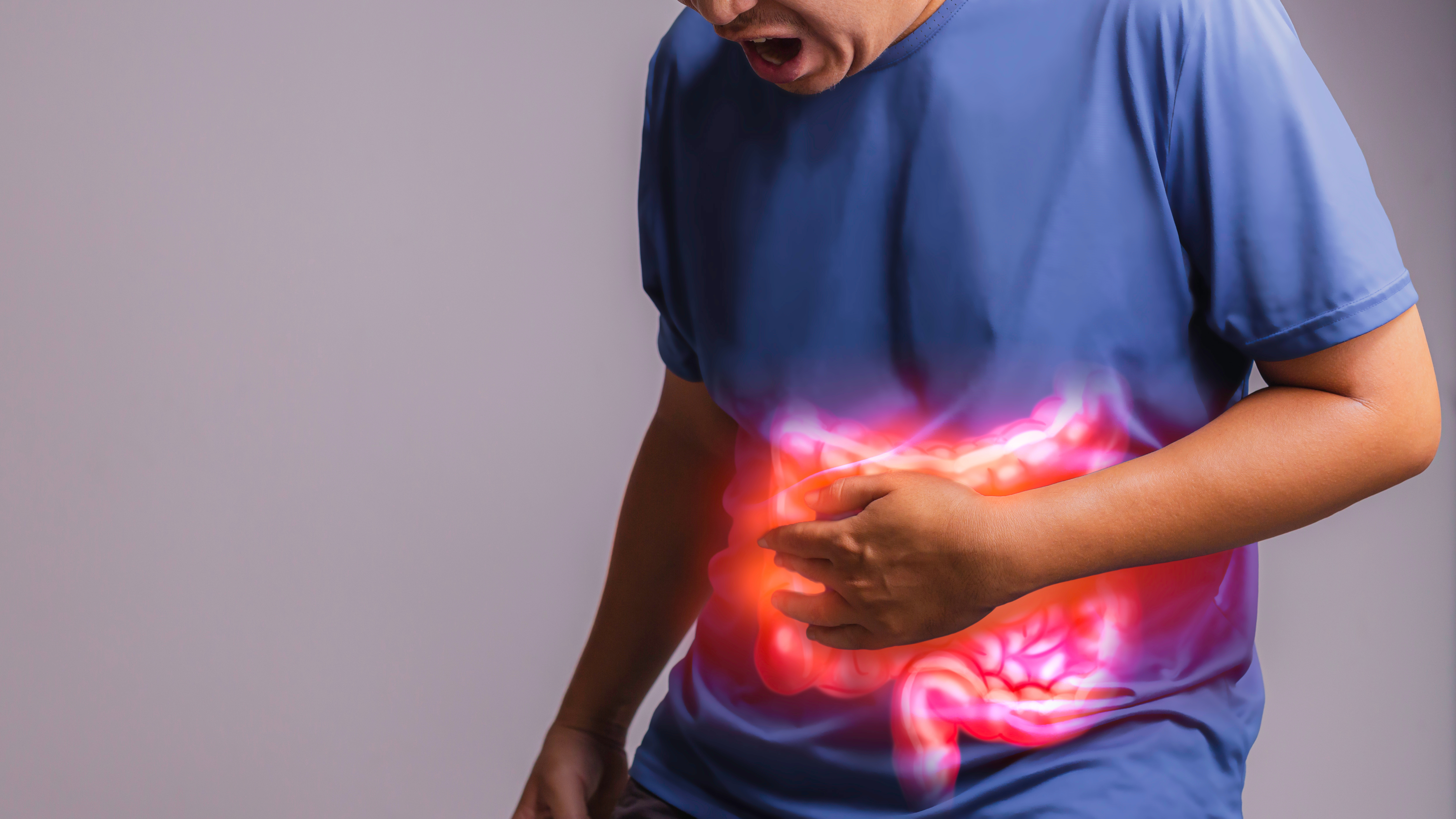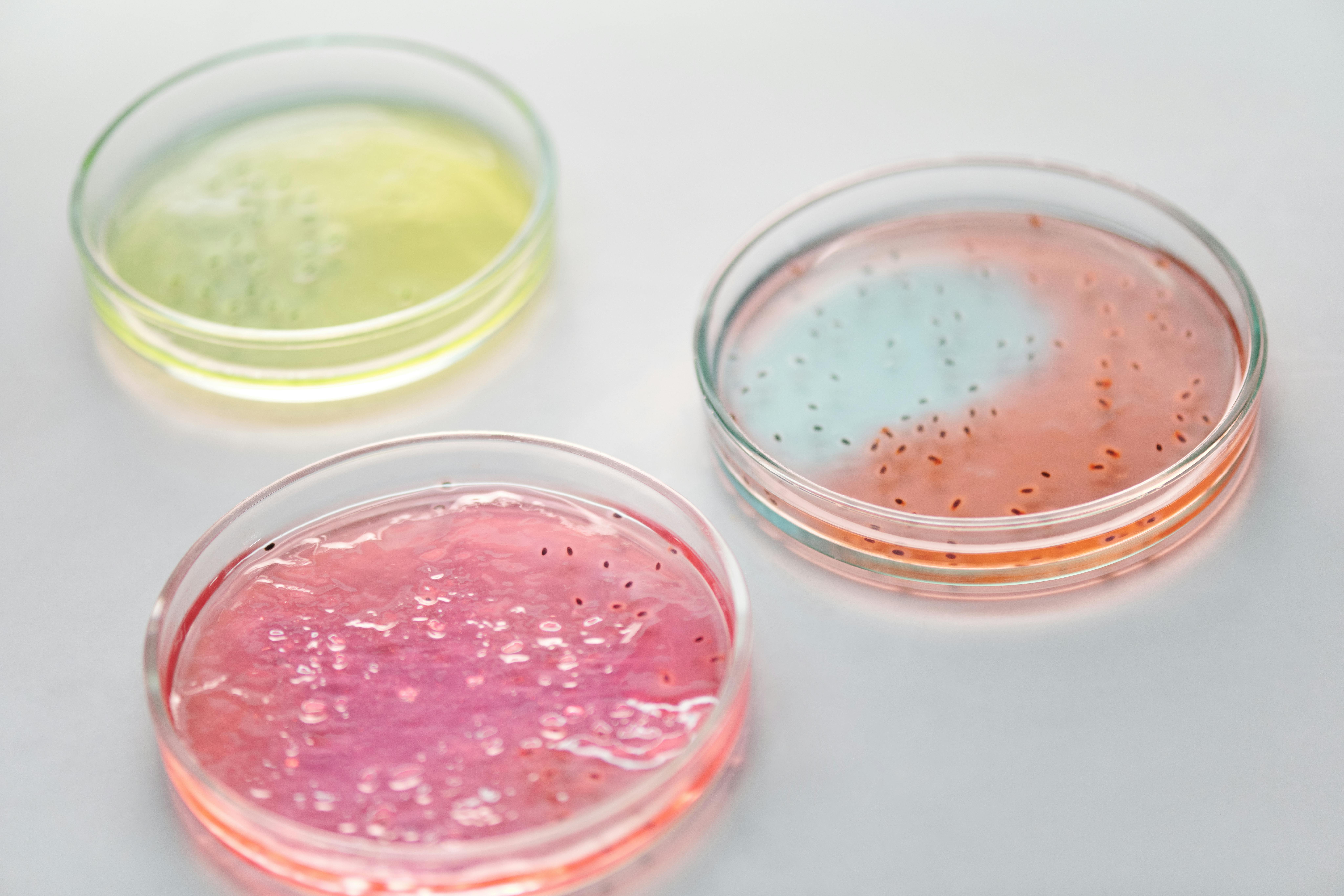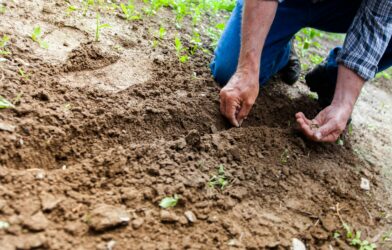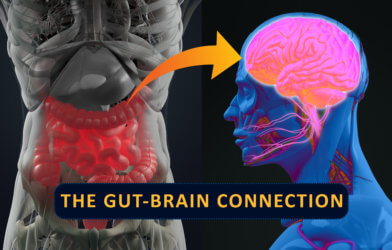For millions battling ulcerative colitis (UC), a chronic inflammatory bowel disease, life often revolves around debilitating symptoms and limited treatment options. UC causes severe inflammation and damage to the lining of the large intestine, impacting daily life and sometimes leading to drastic measures. But what if the key to healing wasn’t just in powerful medications, but in the microscopic world within us—our gut bacteria?
Emerging research suggests that specific gut microbes could be harnessed to help the body repair itself. A groundbreaking study published in EMBO Molecular Medicine reveals a compelling possibility: by introducing a particular beneficial bacterium, we might accelerate the natural healing process in the damaged colon. This discovery isn’t about suppressing inflammation; it’s about empowering the gut to regenerate its own protective lining, potentially offering a more fundamental and enduring path to recovery for those with UC.
The Body’s Inner Healers: Bile Acids and Gut Bugs
Central to this discovery are bile acids. These aren’t just digestive aids; they’re also crucial communicators within the body, influencing everything from metabolism to gut health. While initially produced in your liver, a significant transformation occurs in your gut: certain bacteria convert these “primary” bile acids into “secondary” bile acids. These transformed bile acids, specifically the 7α-dehydroxylated forms, are vital for maintaining a healthy gut. Interestingly, people with UC often have lower levels of these beneficial secondary bile acids. This observation led scientists to wonder if boosting these specific bile acids could aid in healing.
The bacterium at the heart of this research is Clostridium scindens (C. scindens), a microbe found in healthy human guts. This bacterium is especially good at converting primary bile acids into the more beneficial 7α-dehydroxylated forms, such as DCA and LCA. Researchers from EPFL, led by Kristina Schoonjans and Rizlan Bernier-Latmani, theorized that reintroducing C. scindens could restore these healing bile acids and promote intestinal repair.
Peeking Inside the Process: How Scientists Studied Healing
To investigate their theory, the scientists conducted meticulous experiments using various mouse models that closely mimic human ulcerative colitis. They used two main types of mice:
- Specially Prepared Mice: Some mice were raised in a germ-free environment and then given a controlled group of 12 specific bacteria, but notably missing the ones needed for 7α-dehydroxylation. This allowed the researchers to precisely control the bacterial environment and observe the exact impact of adding C. scindens. These mice, typically 7-8 per group, were given C. scindens before or during induced colon injury.
- Standard Lab Mice: Other experiments used mice with a more typical, diverse gut microbiome, similar to humans. To help C. scindens establish itself, some of these mice were given a short course of an antibiotic that temporarily shifted their gut bacteria. C. scindens was then given, followed by induced colon injury. Group sizes for these experiments ranged from 4 to 11 mice.
To further understand how C. scindens worked its magic, the researchers also studied mice that were genetically altered to lack a specific bile acid sensor called TGR5. Comparing these “TGR5-knockout” mice to normal mice helped pinpoint if this sensor was essential for the healing process. The study also analyzed existing data from human ulcerative colitis patients to see if similar patterns of gut cell renewal and bile acid levels were present in people.
The Discovery: Bacteria-Driven Repair
The study’s results were compelling, pointing to a direct role for C. scindens in gut healing:
- Bile Acid Restoration: C. scindens successfully boosted levels of the beneficial 7α-dehydroxylated bile acids in both types of mouse models. This confirmed the bacterium was effectively transforming bile acids as intended.
- Protection and Recovery: Mice given C. scindens showed significant protection against colon injury. They lost less weight, a key sign of disease severity, and their colons showed less damage.
- Accelerated Healing: The most striking finding was the speedier repair of the colon’s lining. C. scindens led to an increase in new cell growth and regeneration in the injured colon, demonstrating an active healing response rather than just inflammation reduction.
- Strengthened Gut Barrier: The bacterium also helped fortify the gut’s protective barrier, which is often leaky in IBD patients. A stronger barrier means fewer harmful substances can pass from the gut into the body.
- TGR5’s Crucial Role: The healing benefits of C. scindens were indeed dependent on the TGR5 receptor. Mice without this receptor did not experience the same protective effects, highlighting a specific biological pathway for this healing.
- Therapeutic Potential: It was particularly encouraging that C. scindens was effective even when administered after colon injury had occurred, suggesting it could be used as a treatment, not just a preventative measure.
- Human Connection: Analysis of human data sets further supported these findings, revealing that lower levels of 7α-dehydroxylated bile acids in UC patients correlated with impaired gut cell renewal. This strengthens the idea that these mechanisms are relevant to human disease.
The Path Forward for Gut Health
While this research was conducted predominantly in mouse models, the findings offer exciting prospects for human health. The observed mechanisms in mice suggest a promising avenue for new treatments for UC and related conditions. Further research is essential to confirm these results in human clinical trials and to fully understand the intricate ways specific gut bacteria can influence both local immunity and the body’s ability to repair its own intestinal lining. As Antoine Jalil, the first author of the study, states, “Our findings highlight the potential of microbiome-targeted strategies to modulate bile acid metabolism and promote gut healing.”
This study truly reshapes our understanding of gut healing. By targeting the gut microbiome to restore natural bile acid balance, we may be on the brink of a revolutionary approach to chronic inflammatory bowel conditions—one that moves beyond managing symptoms to directly addressing and correcting the body’s impaired healing processes.
Paper Summary
Methodology
The study utilized gnotobiotic Oligo-MM¹² mice and specific pathogen-free (SPF) conventional mice. Colitis was induced chemically with dextran sulfate sodium (DSS). Clostridium scindens was administered, and researchers assessed body weight, colon length, histopathology, intestinal cell proliferation, gut barrier function, and bile acid composition. They also used Tgr5 wild-type and knock-out mice and analyzed human ulcerative colitis datasets.
Results
Clostridium scindens colonization increased beneficial 7α-dehydroxylated bile acids, providing prophylactic and therapeutic protection against colon injury. This included reduced weight loss, increased colon length, and improved histopathology. The bacterium promoted intestinal regeneration by enhancing epithelial cell proliferation and differentiation, and it improved gut barrier function. These effects were dependent on the TGR5 receptor. Human data analysis correlated lower 7α-dehydroxylated bile acid levels with impaired intestinal cell renewal in UC patients.
Limitations
The research was primarily conducted in mouse models of chemically-induced colitis. Further studies are needed to validate these findings in other experimental models and to explore their therapeutic application in human ulcerative colitis patients. More research is also required to fully understand how various bacterial species contribute to controlling immunity and regeneration in the gut.
Funding and Disclosures
The study was funded by the Ecole Polytechnique Fédérale de Lausanne (EPFL) and the Swiss National Science Foundation (SNSF). Additional support was provided by the Clean Mouse Facility of the University of Bern and the Genaxen Foundation. Authors Antoine Jalil, Alessia Perino, and Kristina Schoonjans are co-inventors on patent application AG1551EP.
Publication Information
Authors: Antoine Jalil, Alessia Perino, Yuan Dong, Jéromine Imbach, Colin Volet, Eduard Vico-Oton, Hadrien Demagny, Lucie Plantade, Hector Gallart-Ayala, Julijana Ivanisevic, Rizlan Bernier-Latmani, Siegfried Hapfelmeier, Kristina Schoonjans. Title: Bile acid 7α-dehydroxylating bacteria accelerate injury-induced mucosal healing in the colon. Journal: EMBO Molecular Medicine. Published online: March 10, 2025. DOI: 10.1038/s44321-025-00202-w.












